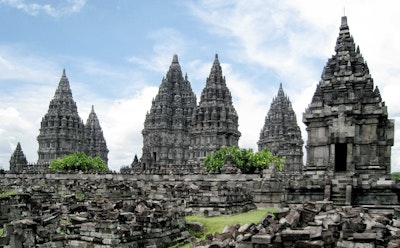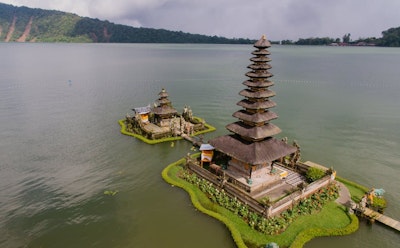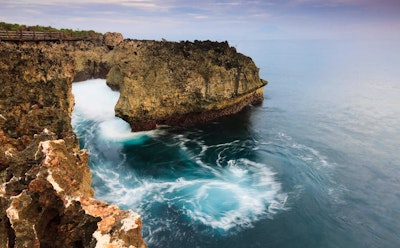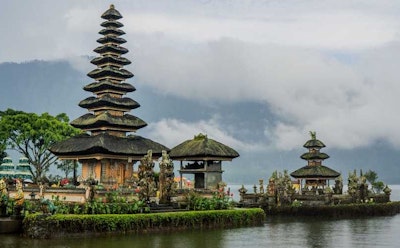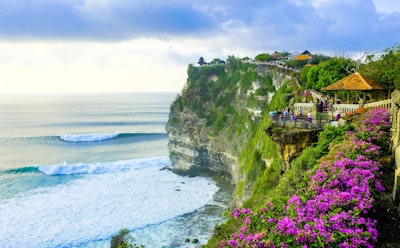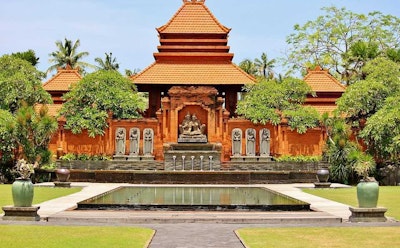- Ubud
- Places To Visit In Ubud
- Barong And Keris Dance Performance, Ubud: A Cultural Spectacle
Barong and Keris Dance Performance, Ubud: A Cultural Spectacle
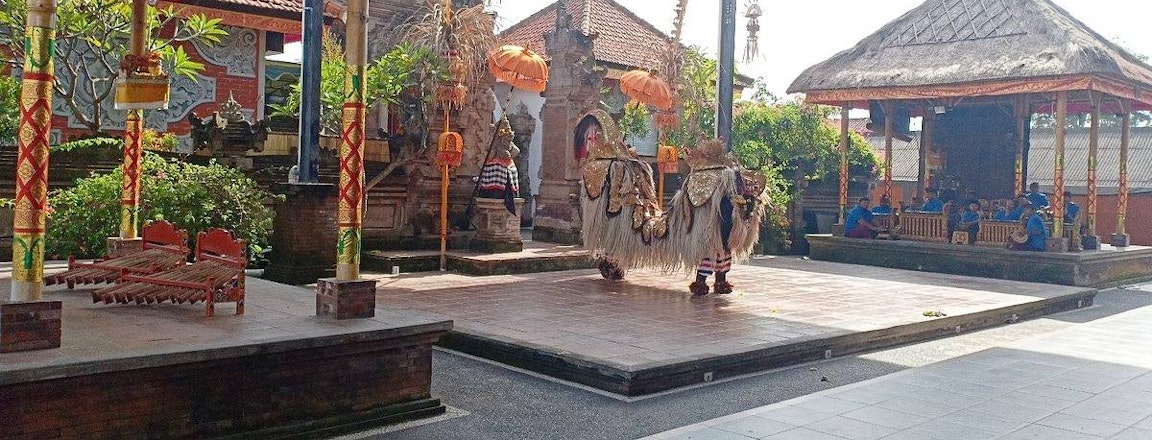
On par with the Legong Dance and the Kecak Dance, the Barong and Kris Dance is one of the most famous dance dramas and one of the best attractions in Bali. The performances are scheduled every day at different times across Bali's main tourist locations. This best activity in Bali is most enjoyable for people who have a strong interest in the arts and culture. The most popular spot is in the Gianyar Regency's Batubulan village. Locals run the shows; villagers perform the dances, and a live gamelan orchestra plays during the entire performance. Barong and Kris Dancing, among the most popular performances in Bali, is always a part of the itineraries of Bali tour packages.
What is Barong and Kris Dance in Bali
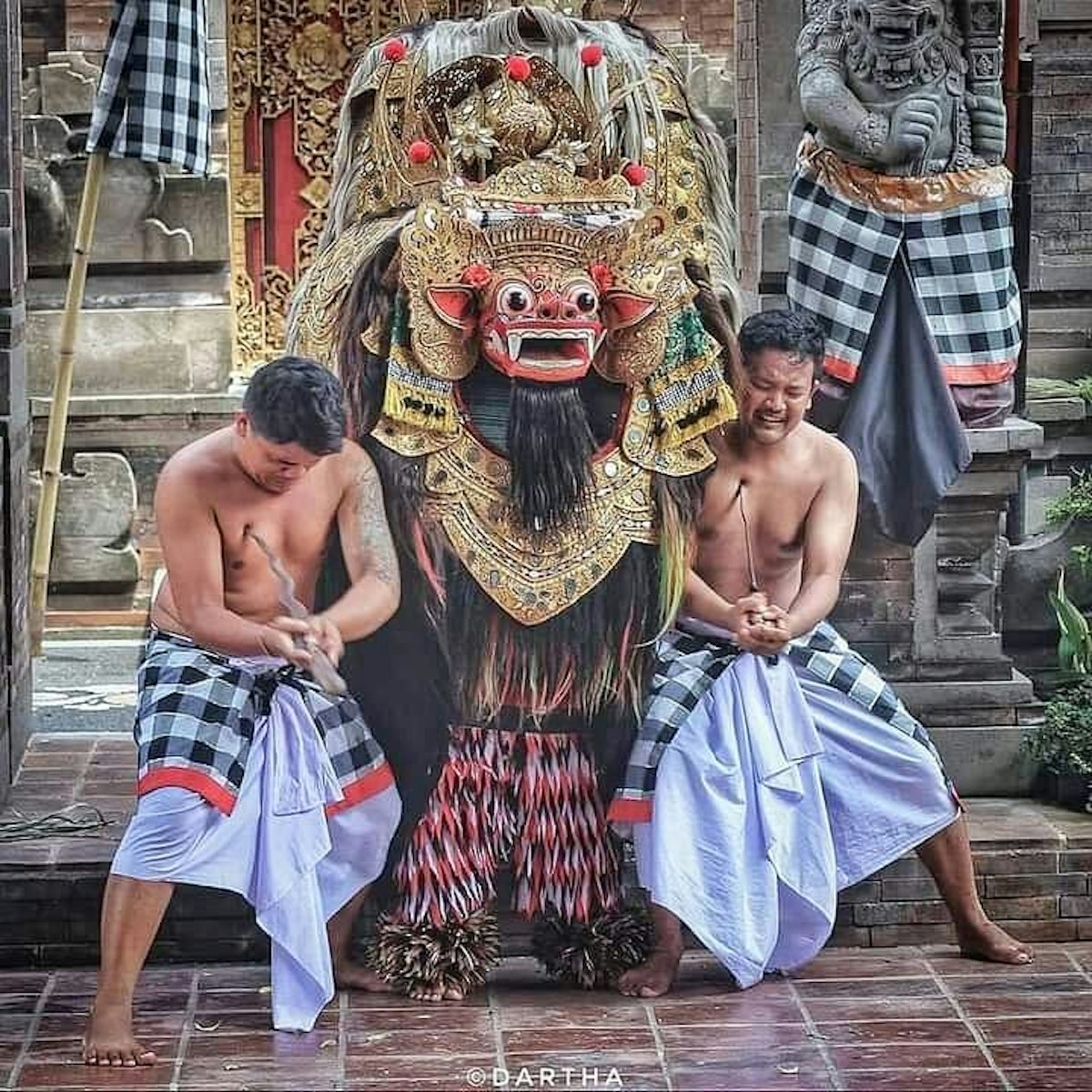
A classic Balinese dance performance called the Barong and Keris Dance depicts the tale of a never-ending conflict between Barong, who stands in for the good character, and Rangda, who symbolizes the evil character. In this story, Barong triumphs over Rangda. Furthermore, there is a hypnotic dance attraction in this dance performance where the dancer will thrust a dagger into his body yet, remarkably, his body sustains no wounds at all. A dance performance with deep meaning and inspiration for how we should spend our lives, teaching us to treat others with respect and bring about harmony in our daily lives. When you are in Ubud, watching the traditional dance performance is one of the best things to do in Bali.
What is Barong
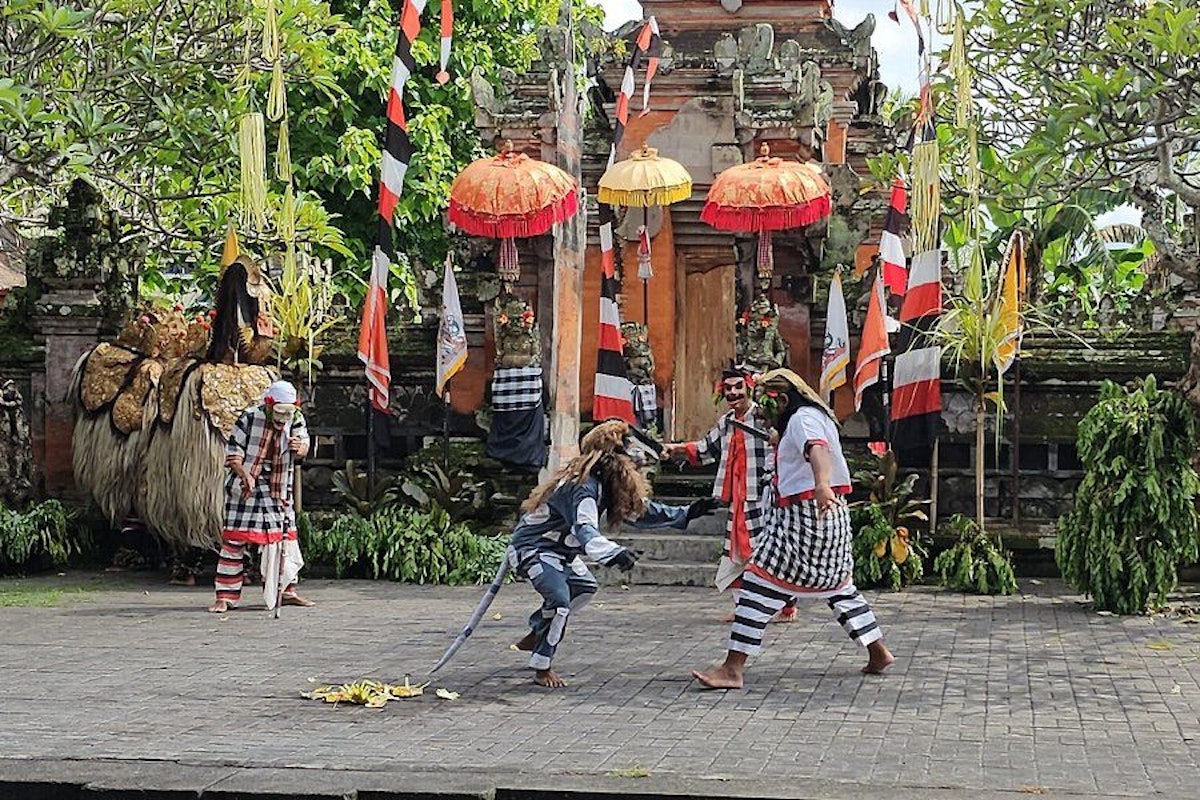
A character from Bali's mythology is called Barong. In Bali's legendary beliefs, he is Rangda's adversary and the monarch of the spirits, as well as the commander of the forces of good. The fourth sibling or spirit kid that follows a child throughout life is called Banas Pati Rajah. The ghost that lives inside Barong is called Banas Pati Rajah. He is a protective spirit who is frequently depicted as a lion. Traditional Balinese performances of his battles with Rangda are very well-liked. Two monkeys are frequently seen performing the Barong Dance.
What is Rangda
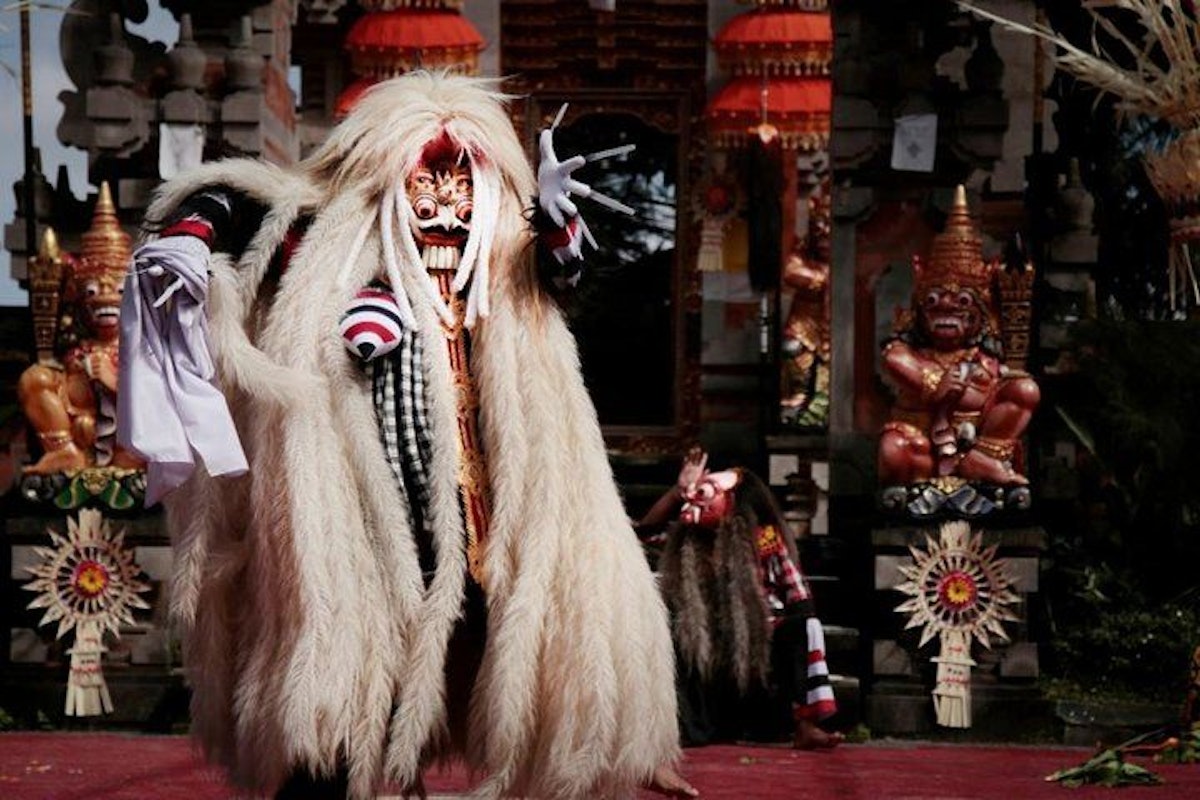
Rangda is a mythological creature from Bali with an evil character and a terrible look who frequently kidnaps and consumes tiny children and is regarded to be the personification of Goddess Durga. Rangda manifests in a terrifying shape as a woman with long unkempt hair, long nails, a long projecting tongue, and long breasts. His visage was frightening, with long, pointed teeth.
Times and Ticket Cost for the Barong and Kris Dance
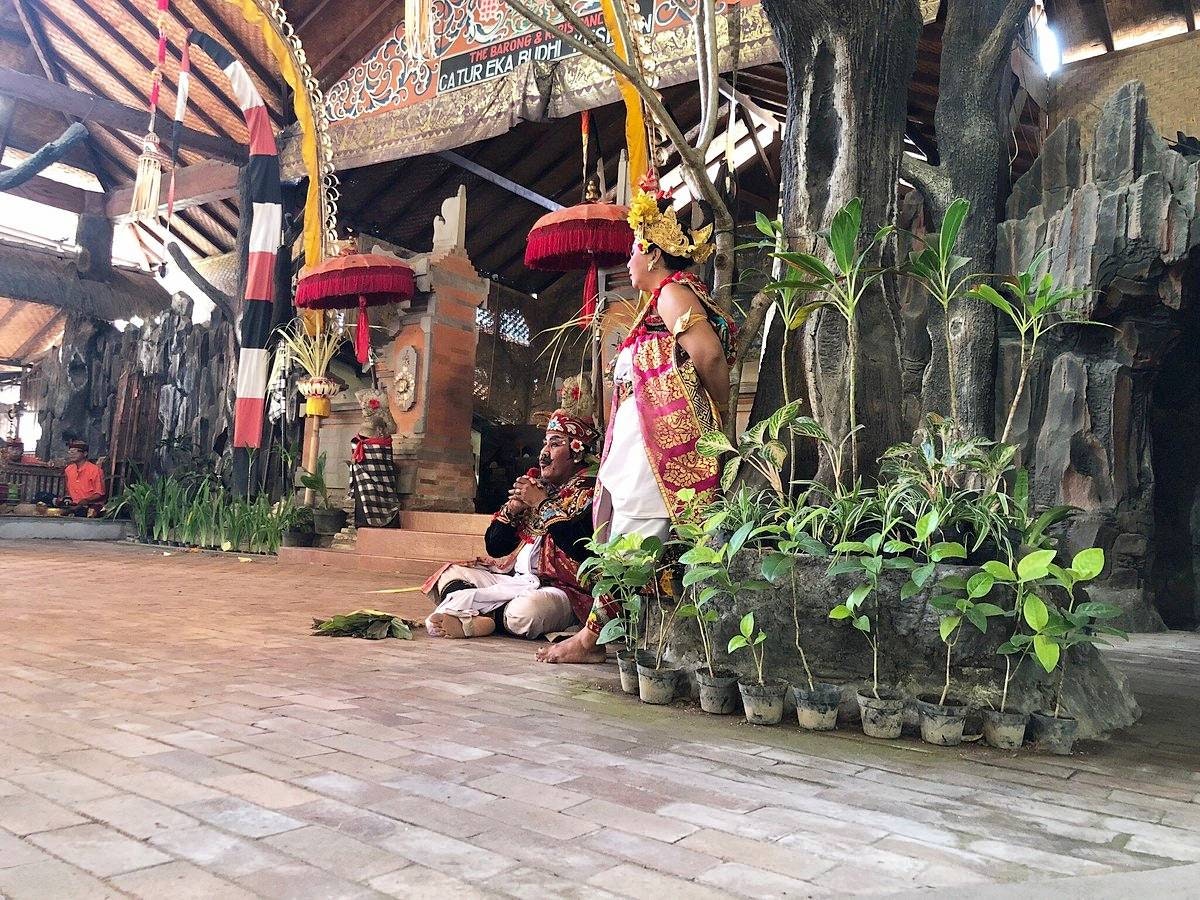
The Barong and Kris Dance performances range between 50 and an hour, and at the conclusion of the performance, fans can take photos onstage with the actors wearing their theatrical best and the gamelan orchestra. Every day, between 9:30 and 10:30 in the morning, dances are performed. IDR 80,000 to 100,000 ($6 to $8) per person ranges for tickets. We wouldn't suggest it for children due to Kris self-stabbing scenes and occasionally obscene "Balinese humor" innuendo by the monkeys.
Major barong dance performances happen in Batubulan Village of Gianyar Bali. It is quite easy to find because it is on the main road leading to Ubud. Sahadewa Barong & Kecak Fire Dance, located on Jl. Puseh Temple, Batubulan, Kec. Sukawati, Gianyar Regency, is one of the most famous places in Bali, and popular barong and keris performances on the island.
Places To Visit in the Kris and Barong Dance
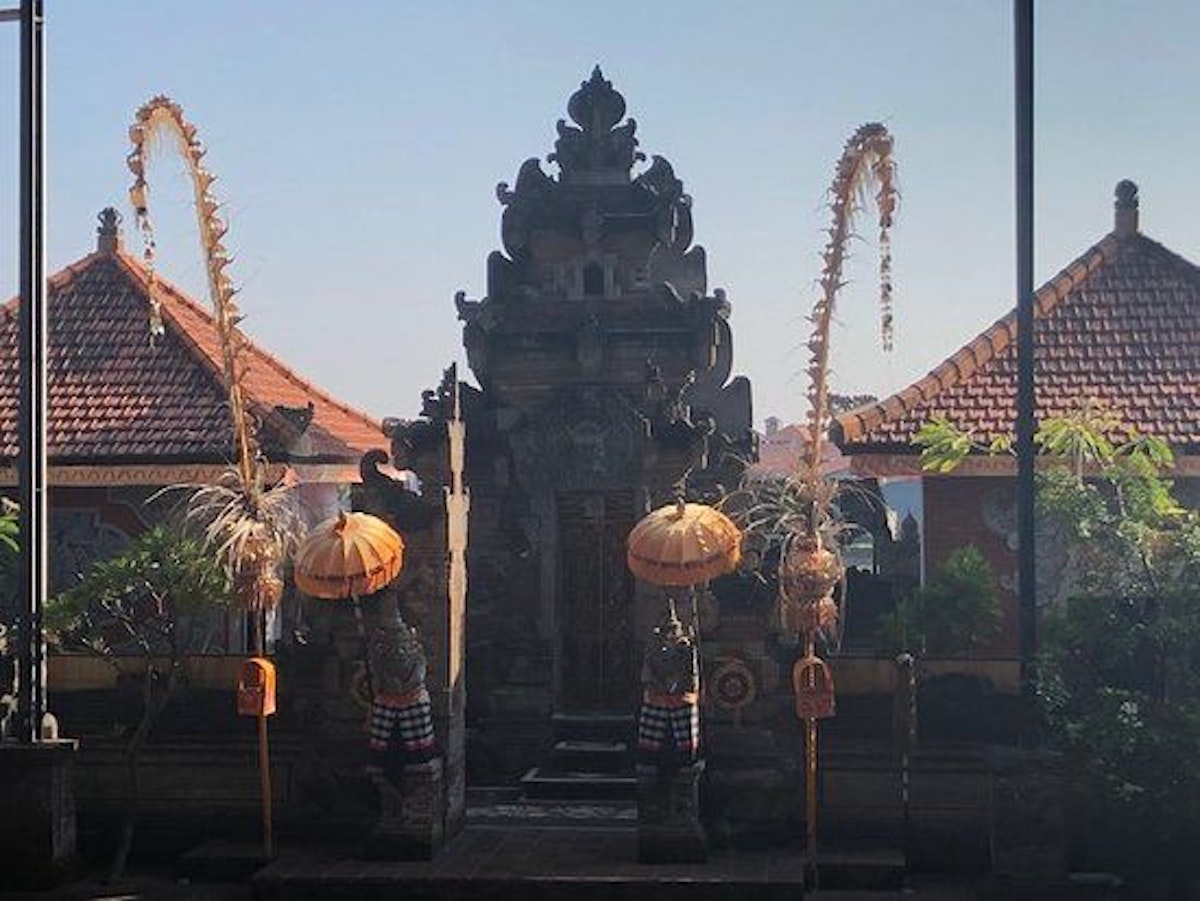
1. Putra Barong in Jalan Celuk-Sukawati, Gianyar
2. Sahadewa Barong in Jalan SMKI, Gianyar
3. Barong Jambe Budaya in Jalan Pasekan, Gianyar
4. Barong Dance Uma Dewi in Jalan Kesiman, Denpasar
5. Sari Wisata Budaya in Jalan Griya Anyar near Banjar Kajeng and South Denpasar
How To Reach the Barong and Kris Dance Performance
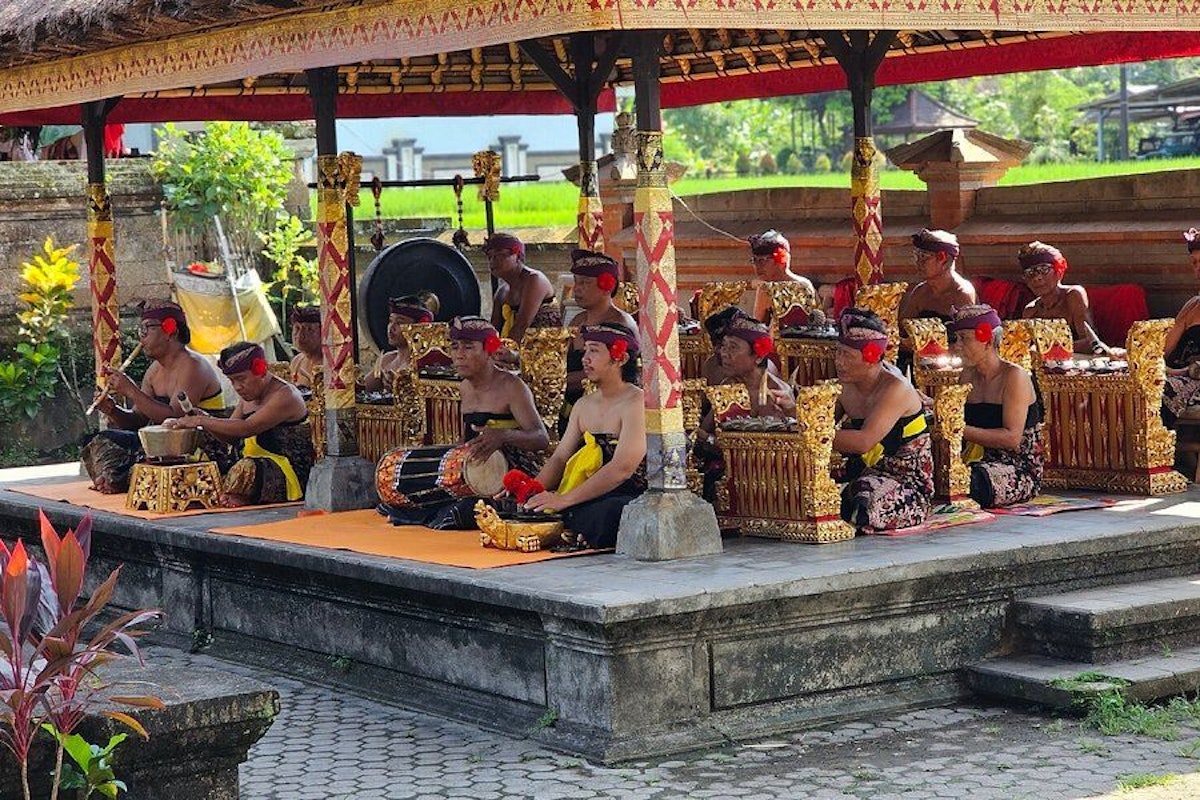
You can use Google Maps to get to one of the above-listed locations; it will take approximately 60 minutes to drive from Kuta and nearly 30 minutes to drive from Ubud. You can choose between the Full Day Ubud City Tour, which centers on seeing the top tourist attractions in Bali's Ubud. If you want to be flexible, you can rent a driver and a car for a day at a low cost, and the service is extremely fulfilling. Traveling to Barong and Keris Dance Performance with a nice and experienced driver will make the Bali trip very fun.
The most popular spot in Bali is in the Gianyar Regency's Batubulan village. Locals run the shows; villagers perform the dances, and a live gamelan orchestra plays during the entire performance. Barong and Kris Dancing, among the most popular performances in Bali, is always a part of the itineraries of Bali tour packages. Interested to learn more about Bali’s culture? Then plan your Bali vacation package with Pickyourtrail today and have a hassle-free holiday.
Discover Other Articles Related to Bali
Check out our Best Selling Packages in Bali
Ubud Tour Packages | Bali Indonesia Honeymoon Package | Bali Family Trip Packages
Explore Other Famous Attractions in Ubud
Gunung Kawi Ubud | Mozaic Ubud | Pod Chocolate Factory and Cafe | Tegallalang Handicraft Centre | Seniman Coffee Studio | Ubud Celuk Village | Yoga Barn | Bird Village of Petulu | Threads of Life Ubud
The Barong and Kris Dance has been a story-telling dance that depicts the battle between good and evil. A mythological animal named Barong represents the benevolent spirit, whereas a mythological monster named Rangda represents the bad one.
Dances are normally performed once a day, between 09:30 and 10:30 a.m.
It is performed by the villagers in Batu Bulan. Barong dance performances are regularly held throughout Bali, but the most well-known are those given by the Batu Bulan villagers in the Gianyar region or at Kesiman in Denpasar.
Update your location?


